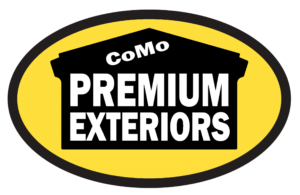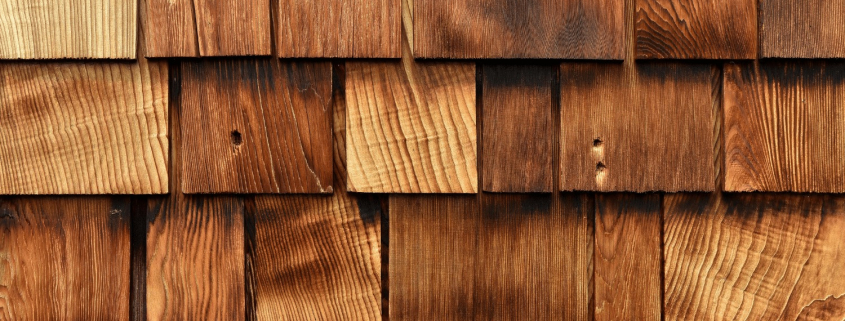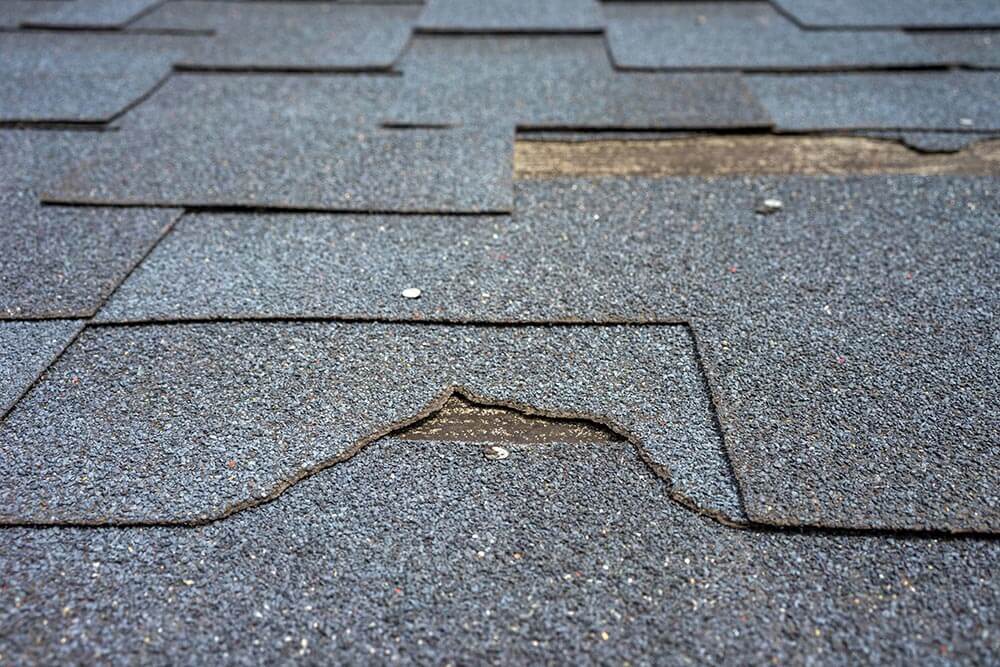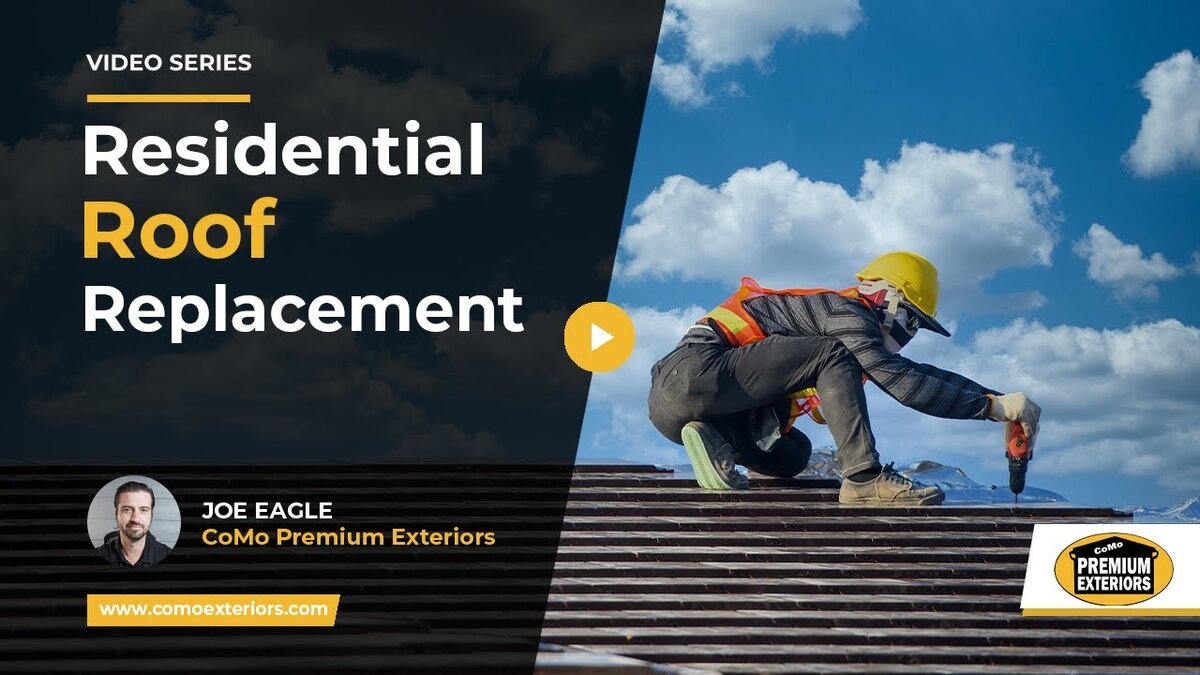Top Benefits and Drawbacks of a Cedar Shake Roof
Curious if a cedar shake roof is the right choice for your home? This article explores the benefits and drawbacks, helping you understand its unique appeal and what it takes to maintain one. Read on to find out if a cedar shake roof is worth the investment. Compared to asphalt shingles, cedar shake roofs offer superior longevity, durability in severe weather, energy efficiency, and eco-friendliness, but they come with higher costs and maintenance requirements.
Key Takeaways
- Cedar shake roofs are valued for their natural beauty, durability, energy efficiency, and environmental friendliness, making them a premium choice for homeowners seeking aesthetic and functional benefits.
- Key drawbacks of cedar shake roofs include higher initial costs, significant maintenance requirements, and sensitivity to climatic conditions, which can affect their longevity and performance.
- Proper installation by skilled professionals and regular maintenance, including inspections and treatments, are critical to maximizing the lifespan and performance of cedar shake roofs.
- Compared to asphalt shingles, cedar shake roofs offer superior longevity, durability in severe weather, energy efficiency, and eco-friendliness. However, they come with higher costs and more demanding maintenance needs.
Introduction
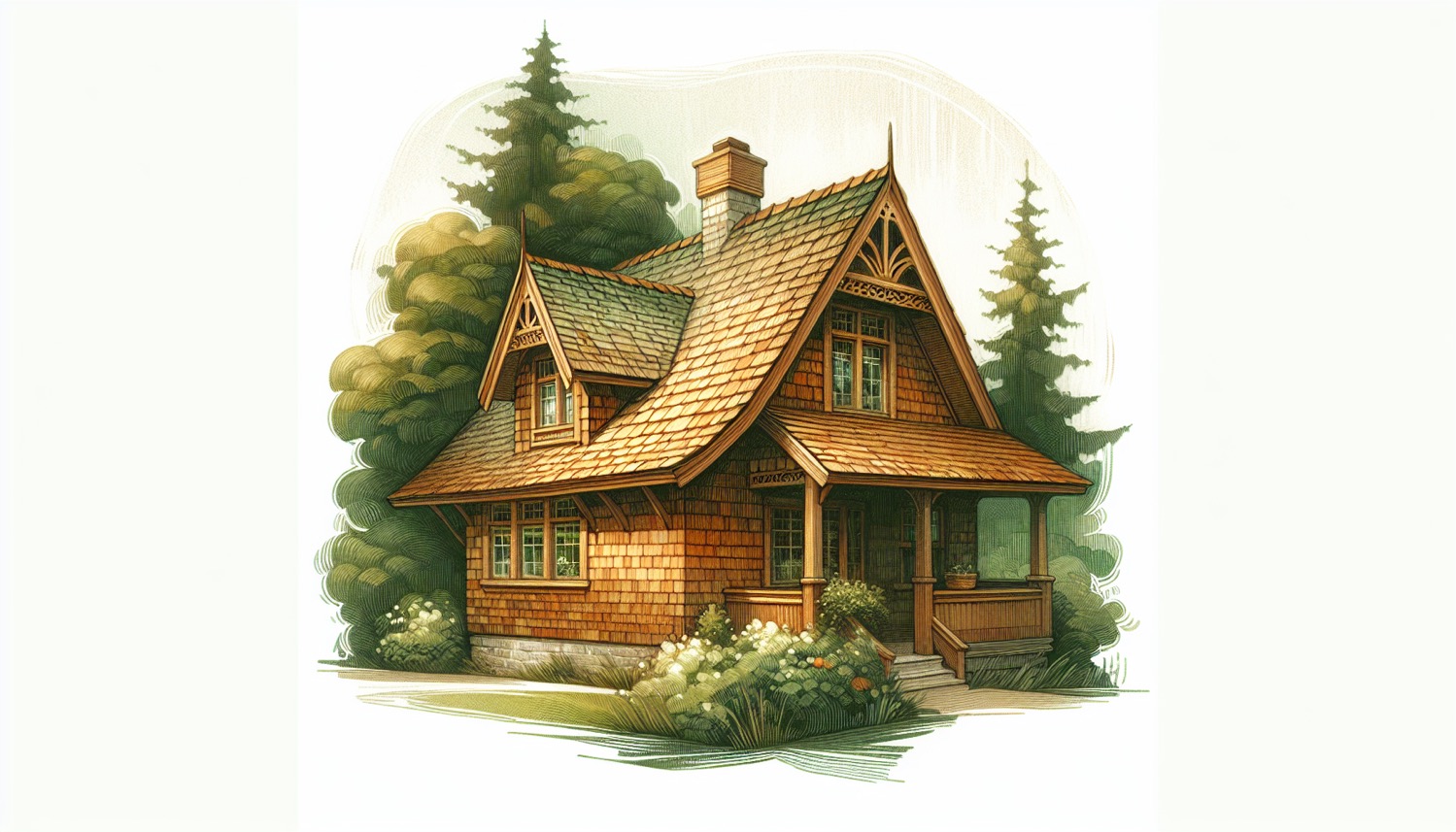
Illustration of a traditional cedar shake roof
Crafted from natural wood shingles, cedar shake roofs are treasured for:
- Their distinct appearance
- Their robustness against the elements
- Their inherent resistance to insects and decay They are a testament to nature’s ingenuity and human craftsmanship.
As you contemplate the ideal roofing solution, consider the unique attributes of cedar shakes that blend seamlessly with a variety of architectural styles, enhancing both the aesthetic and functional value of your home. Compared to asphalt shingles, cedar shakes offer superior longevity, durability in severe weather, and energy efficiency, though they come at a higher cost and require more maintenance.
Understanding Cedar Shake Roofs
Cedar shake roofs, a popular type of cedar roofing, are more than just a protective covering; they are a statement of quality and a nod to sustainable living. Made from cedar, these roofing materials, including cedar shingles, embody durability, resistance to insects, and an aesthetic appeal that many homeowners find irresistible when considering cedar roofs as their choice of roofing material. Compared to asphalt shingles, cedar shake roofs offer superior longevity, durability in severe weather, and energy efficiency, though they come with higher costs and maintenance requirements.
Before we explore further, it’s essential to understand the fundamentals of cedar shakes, including their various types and the aesthetic appeal they add to any home.
Types of Cedar Shakes
Cedar shakes come in two distinct styles: hand-split, which showcases a rugged, textured look, and taper-sawn, which offers a smoother, more uniform appearance. They are also categorized into three grades: common, select, and the premium 100% straight grain.
The quality of the cedar directly influences the roof’s longevity; a roof made from the highest quality straight grain shakes will outlast those made from lesser grades. That’s why it’s essential to choose the highest quality cedar products for your roofing needs.
Natural Beauty and Aesthetics
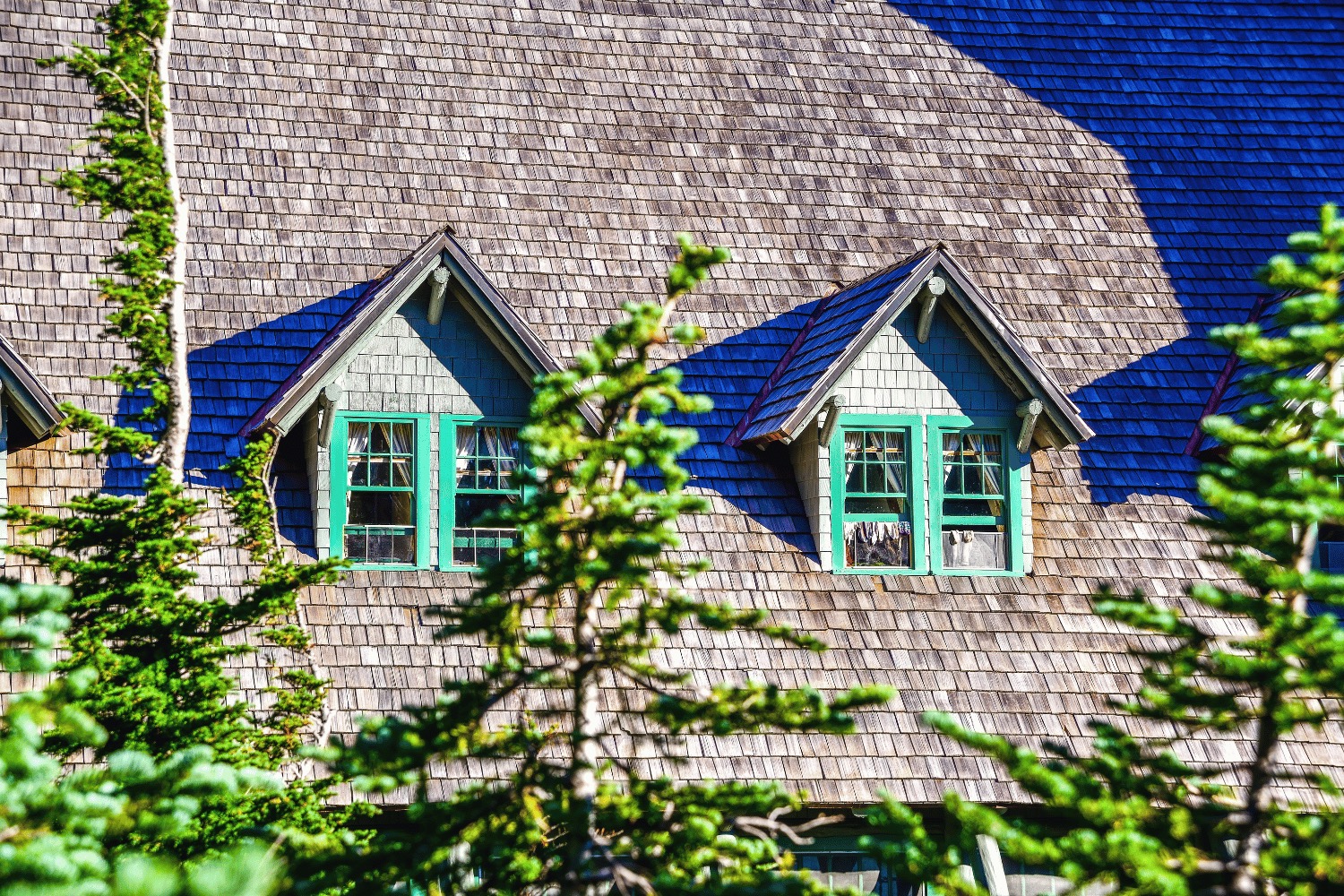
Illustration of a beautiful cedar tree in a forest
The charm of cedar shake roofs lies in their natural beauty, which integrates effortlessly with the surrounding landscape. Often chosen for historic homes, the wood’s inherent qualities allow each shake to develop a unique patina over time, giving your home a traditional yet distinct aesthetic that only nature can provide. It’s a choice that not only makes your house stand out but also connects it to the earthy tones of nature.
Benefits of Cedar Shake Roofs
Aside from their striking natural beauty, cedar shake roofs boast a plethora of benefits that extend beyond their visual appeal. These include impressive insulating properties, energy efficiency, and an eco-friendly footprint. We will now examine the tangible benefits of cedar shakes, making them an attractive option for those aiming for a balance of aesthetics and functionality in their roofing choices. Compared to asphalt shingles, cedar shakes offer superior longevity, durability in severe weather, better energy efficiency, and a more eco-friendly nature.
Durability and Longevity
When properly installed and maintained, a cedar shake roof is more than just a covering; it’s a legacy that can shelter your home for decades. With a natural resilience to extreme weather conditions, including high winds and heavy rain, cedar shakes maintain their integrity over the years. This durability is further enhanced by cedar’s innate resistance to decay and insects, ensuring a roof that can reach up to 50 years of age with the right care.
Energy Efficiency
Cedar shakes are nature’s answer to energy efficiency. Their benefits include:
- Providing an extra layer of insulation for your home, keeping it warm during winter and cool during summer
- Creating a comfortable living environment
- Translating into significant savings on energy bills.
For most homeowners looking to reduce their carbon footprint, the energy-efficient attributes of cedar shakes are a compelling factor.
Eco-Friendly Choice
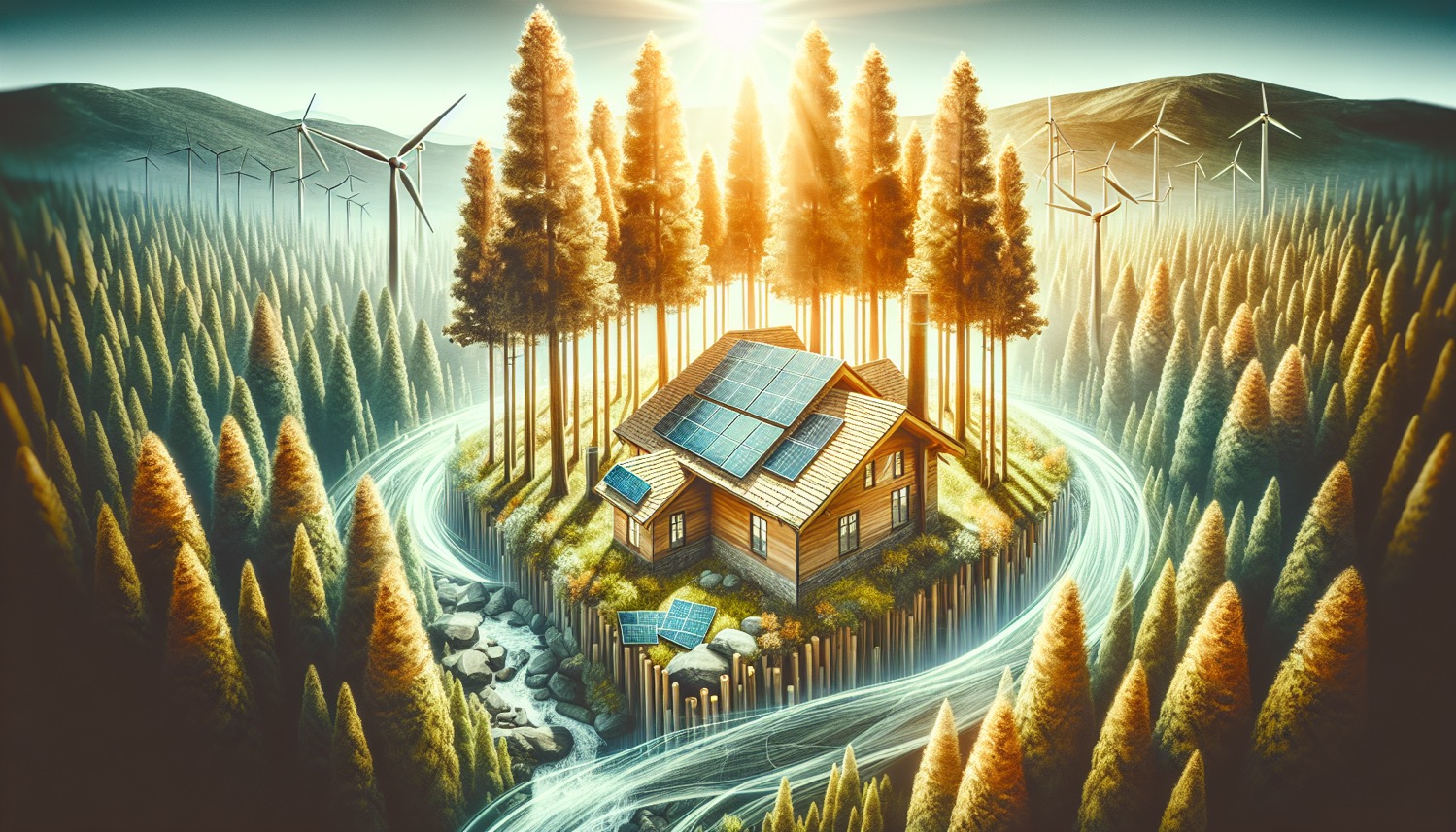
Illustration of eco-friendly renewable resources
Choosing cedar shakes means making a decision that respects the environment. These shakes are crafted from 100% natural cedar wood, free from synthetic materials and chemicals, making them an eco-conscious roofing choice. Not only are they biodegradable, but the sustainable harvesting practices employed in their production ensure a reduced environmental impact, preserving the planet for future generations.
Drawbacks of Cedar Shake Roofs
While cedar shake roofs offer a multitude of benefits, it’s important to consider certain drawbacks before making your decision. The initial investment, ongoing maintenance, and climate sensitivity are factors that might influence your choice. Compared to popular alternatives like asphalt shingles, cedar shakes are generally more expensive and require more maintenance.
It’s time to discuss potential challenges associated with a cedar shake roof and how they could impact its performance and lifespan.
Higher Initial Cost
The allure of cedar shake roofs comes with a price tag that reflects their premium quality. Compared to other roofing materials, cedar shakes require a higher upfront investment, both in terms of material costs and the specialized installation process. While the expense may be considerable, ranging from $4 to $7.25 per square foot installed, it’s a reflection of both the material’s quality and the craftsmanship required to properly install these beautiful roofs.
Maintenance Requirements
The natural beauty of cedar shakes necessitates a commitment to regular maintenance. Every 2 to 4 years, homeowners must undertake measures to preserve their shake roofs, such as inspections for pests, and the prevention of moss, mold, and mildew growth.
Neglecting maintenance can result in a shortened lifespan for the roof, making it essential to stay proactive in caring for your cedar shakes.
Climate Sensitivity
The performance of cedar shake roofs can be heavily influenced by the climate in which they’re installed. Here are some factors to consider:
- Extreme heat can cause the shakes to dry out and crack
- High humidity may lead to accelerated aging due to moisture retention
- Cedar shakes thrive best in moderate to cool climates with lower humidity levels
It’s crucial to consider the climatic conditions of your area when choosing a cedar shake roof.
Key Considerations Before Installing Cedar Shake Roofs
When pondering the installation of a cedar shake roof, several key considerations come to the forefront. These include:
- The roof’s cost
- The commitment to maintenance
- The suitability of the local climate
- The need for skilled installation
Taking these factors into account will help you make an informed decision that aligns with your home’s needs and your personal preferences.
Installation Expertise
The artistry of cedar shake installation cannot be overstated. It requires a level of precision and expertise that only experienced professionals can provide. Incorrect installation can lead to numerous problems, such as gaps and moisture seepage, which could ultimately compromise the roof’s durability.
Therefore, selecting a skilled roofing contractor is as important as choosing the quality of your cedar shakes.
Regional Climate Suitability
Not all climates are created equal when it comes to cedar shake roofs. Regions with moderate to cool temperatures and low humidity are ideal, as they allow the shakes to perform at their best. Conversely, areas with high humidity or extreme temperature fluctuations may not be as suitable, as these conditions can affect the cedar’s ability to dry properly and may shorten its lifespan.
Long-Term Investment
While the initial cost of a cedar shake roof might be higher than other materials, it’s crucial to view it as a long-term investment. The enduring appeal and longevity of cedar shakes can significantly elevate the value of a property, providing both aesthetic and financial returns over time.
As such, investing in a cedar shake roof is a strategic decision that can offer lasting benefits.
Comparing Cedar Shake Roofs to Synthetic Alternatives
The roofing market offers a variety of alternatives to natural cedar shakes, including synthetic options that mimic their appearance. While these alternatives provide some advantages, such as lower maintenance and improved fire resistance, they may not fully capture the authentic beauty of real cedar shakes.
We’ll now compare synthetic cedar shake roofing to the natural product to understand their differences and similarities.
Synthetic Cedar Shake Roofing
Synthetic cedar shake roofing products are crafted from recycled resins and polymers, offering homeowners a durable and environmentally friendly option. Brands like Brava and CeDUR are at the forefront of this market, producing shakes that not only look like natural cedar but also boast features such as fire resistance and high impact ratings.
The innovation of these products allows for a cedar shake look without the traditional drawbacks associated with natural wood, as they are naturally resistant.
Performance and Aesthetics
Synthetic cedar shakes are lauded for their performance, especially in regions with challenging weather conditions. However, for many homeowners, the aging process of natural cedar shakes, which adds character and depth to the roof’s appearance, is irreplaceable.
Synthetic shakes, while offering a similar initial look, may not develop the same visual richness over time, a factor that can be crucial for those seeking the authenticity of natural wood.
Cedar Shake Roof Installation Process
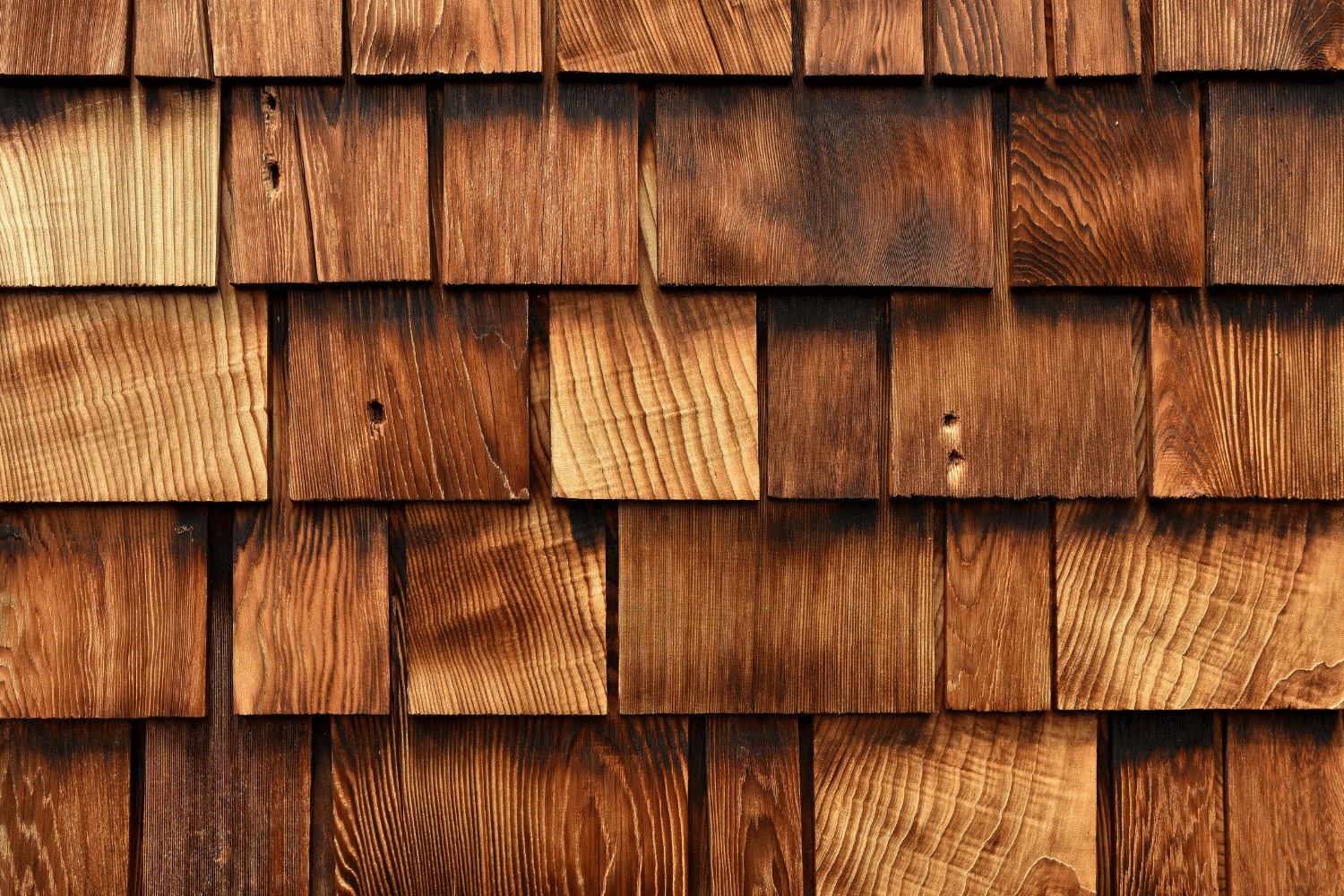
Illustration of the cedar shake roof installation process
Installing a cedar shake roof is a meticulous process that requires careful planning and skilled execution. From the selection of materials to the finishing touches, each step must be approached with precision to ensure the roof’s longevity and performance.
We will now navigate through the installation process, emphasizing the preparation, steps, and post-installation care necessary for a successful cedar shake roof.
Preparation and Planning
The first step in a cedar shake roof installation is to:
- Familiarize yourself with the materials and allow them to acclimate to the local environment. This ensures that the shakes will align properly and remain damage-free during installation.
- Plan the project around the weather. It’s important to choose a time when the weather is dry and mild to ensure a smooth installation process.
- Ensure proper ventilation is in place. Good ventilation is crucial for the longevity of the roofing system and helps prevent issues such as mold and rot.
By following these steps, you can ensure a successful cedar shake roof installation.
Installation Steps
The actual installation of a cedar shake roof involves a series of steps that must be meticulously followed. From the crucial first layer of shingles to the correct positioning of battens and keyway spacing, every detail matters. Ensuring proper installation techniques, such as the ‘broken bond’ pattern and avoiding nail gun use, are essential to the roof’s structural integrity.
Finishing touches like flashing, ridge caps, and trim give the roof its final shape and function, all of which are verified during a final inspection.
Post-Installation Care
Once the cedar shake roof is meticulously installed, the journey to preserve its beauty and functionality begins. Regular inspections are key to identifying potential issues early, while cleaning and maintenance, including the removal of debris and organic growth, are essential to extend the roof’s life.
Post-installation care, such as applying protective treatments, not only safeguards the cedar shakes from the elements but also ensures that the roof continues to provide reliable protection for years to come.
Cedar Shake Roof Maintenance Tips
Maintaining a cedar shake roof is paramount for ensuring it remains a lasting feature of your home. Regular inspections, appropriate cleaning, and timely treatments all play a role in preserving the roof’s integrity and appearance.
We will now highlight the best maintenance practices for cedar shake roofs to assist you in keeping your roof in optimal condition.
Regular Inspections
An ounce of prevention is worth a pound of cure, especially when it comes to cedar shake roofs. Annual inspections by professional roofers are crucial for detecting early signs of damage such as mildew, moss, rot, and algae. These inspections should also include checks for missing, cracked, or broken shingles and potential leaks.
Addressing issues promptly ensures the cedar shake roof continues to perform its protective duties without interruption.
Cleaning and Treatment
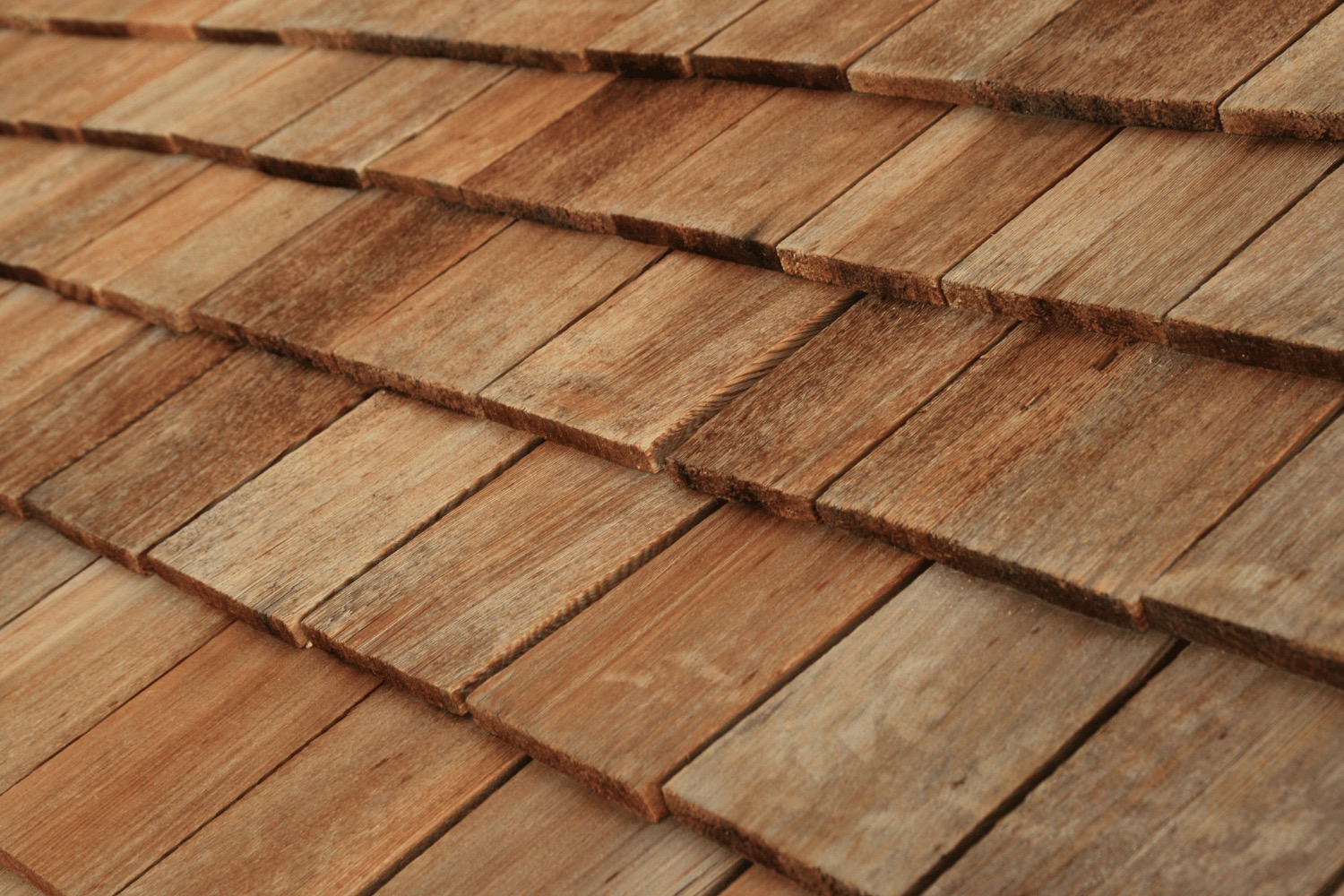
Illustration of cleaning and treating a cedar shake roof
Cleanliness is next to godliness, and this adage holds true for cedar shake roofs. Here’s how you can clean your cedar shake roof:
- Use a non-pressure garden hose and a mild solution to gently clean the roof.
- Preserve the cedar’s natural oils while cleaning.
- Use wood cleaners that are safe for the surrounding environment.
By following these steps, you can keep your cedar shake roof clean and well-maintained.
Periodic treatments with water-repellent coatings, stains, sealants, and preservatives help protect the roof against water, UV rays, and pests, extending its lifespan.
Seasonal Maintenance
As the seasons change, so do the maintenance needs of your cedar shake roof. Here are some important tasks to keep in mind:
- Clear gutters regularly to prevent moisture buildup.
- Trim branches that could potentially damage the roof.
- Replace any damaged shakes as soon as possible.
- Ensure proper ventilation to prevent moisture buildup and prolong the life of the roof.
- Address any mildew buildup promptly to prevent further damage.
By following these maintenance tips, you can keep your cedar shake roof in good condition throughout the year.
Seasonal maintenance not only keeps the cedar shakes looking great but also fortifies them against the elements.
Summary
Embarking on the cedar shake roof journey is an adventure in both aesthetics and functionality. From understanding the natural beauty and types of cedar shakes to weighing the benefits and drawbacks, this guide serves as your compass. Whether you’re considering the long-term investment of natural cedar or the practicality of synthetic alternatives, the importance of installation expertise, maintenance, and climate suitability are central to your decision. Remember, a cedar shake roof is not just a covering—it’s an investment in the future of your home, promising enduring beauty and protection.
Frequently Asked Questions
What makes cedar shake roofs a popular choice for homeowners?
Cedar shake roofs are a popular choice for homeowners because of their natural beauty, durability, resistance to insects and decay, and insulating properties, making them both aesthetically pleasing and practical.
Are cedar shake roofs eco-friendly?
Yes, cedar shake roofs are eco-friendly because they are made from natural, renewable, and recyclable cedar wood, and sustainable harvesting practices reduce their environmental impact.
How long can I expect my cedar shake roof to last?
You can expect your cedar shake roof to last around 30 years with proper installation and maintenance, and potentially up to 50 years, due to its natural resistance to decay and insects.
What kind of maintenance do cedar shake roofs require?
To maintain a cedar shake roof, regular inspections for pests, cleaning to remove debris and organic growth, and treatments with water-repellent coatings and preservatives are necessary. Regular maintenance every 2 to 4 years is recommended.
How does the climate affect the longevity of a cedar shake roof?
The climate directly impacts the longevity of a cedar shake roof. Moderate to cool climates with low humidity are best for maintaining the roof’s lifespan, as extreme heat can cause cracking and high humidity can lead to moisture retention, shortening the roof’s life.
